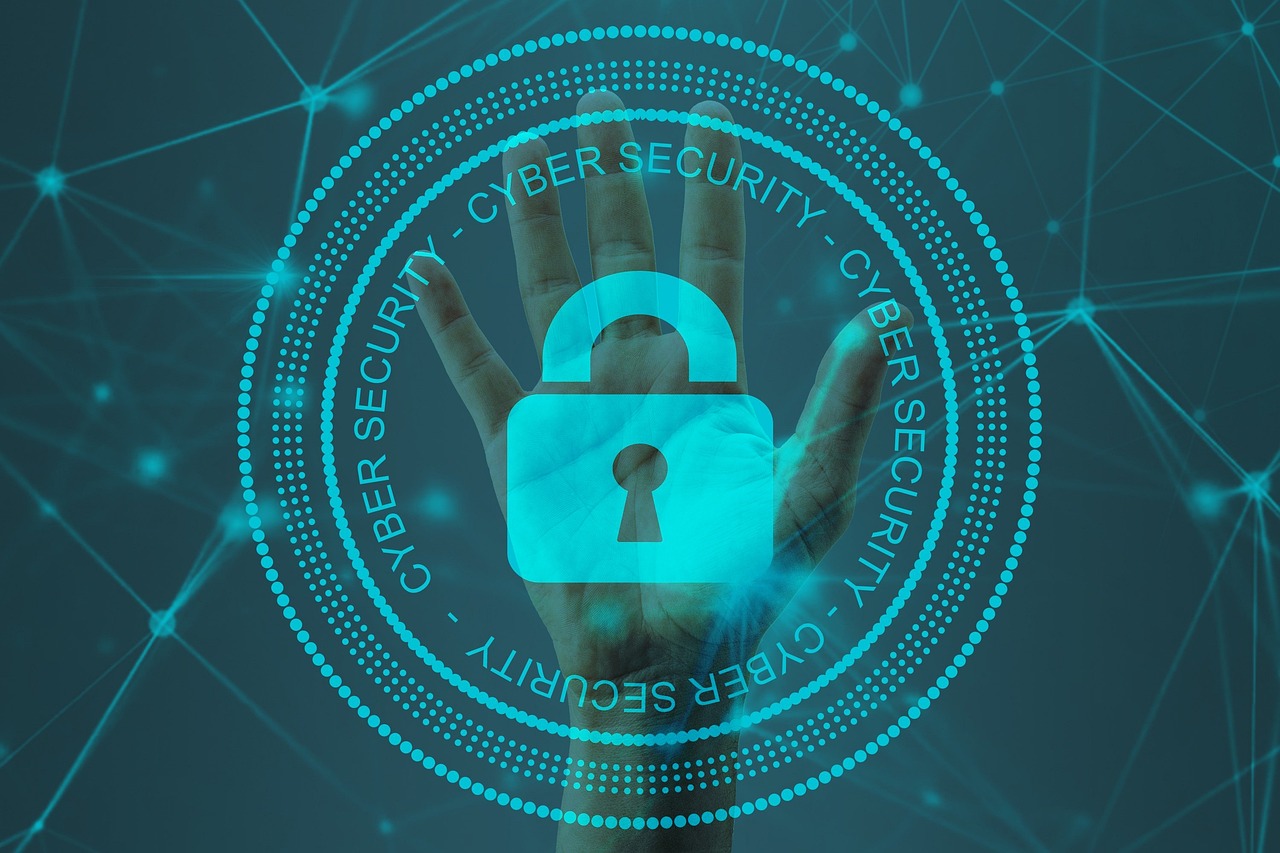The Evolving Battlefield: Cybersecurity Trends to Watch in the Next Decade
As the digital landscape continues to expand, so does the complexity and scale of cyber threats. The next decade will witness a dramatic evolution in the cybersecurity battlefield, driven by advancements in technology, the rise of new attack vectors, and the increasing sophistication of cybercriminals. Organizations, governments, and individuals must stay ahead of these trends to protect sensitive data, critical infrastructure, and digital ecosystems. This article explores the key cybersecurity trends that will shape the next decade and offers insights into how we can prepare for the challenges ahead.
1. AI-Powered Cyberattacks and Defenses
Artificial intelligence (AI) is revolutionizing both sides of the cybersecurity equation. While AI enhances threat detection and response, cybercriminals are also leveraging AI to launch more sophisticated attacks. AI-powered malware can adapt to its environment, evade traditional security measures, and automate attacks at scale. For example, AI-driven phishing campaigns can craft highly personalized messages, making them harder to detect.
On the defensive side, AI and machine learning (ML) are becoming indispensable tools for identifying anomalies, predicting threats, and automating responses. Over the next decade, AI will play a central role in creating proactive cybersecurity systems that can anticipate and neutralize threats before they cause harm.
2. The Quantum Computing Conundrum
Quantum computing promises to solve complex problems that are beyond the capabilities of classical computers. However, it also poses a significant threat to current encryption standards. Quantum computers could potentially break widely used encryption algorithms, such as RSA and ECC, in a matter of seconds, exposing sensitive data to unprecedented risks.
To address this, researchers are developing quantum-resistant encryption methods. Over the next decade, organizations will need to transition to these new standards to safeguard their data against quantum-powered attacks.
3. The Rise of Ransomware 2.0
Ransomware attacks have evolved from simple data encryption schemes to highly sophisticated operations. The next generation of ransomware, often referred to as Ransomware 2.0, involves exfiltrating data before encrypting it. Attackers then threaten to release the stolen data unless their demands are met. This double-extortion tactic has proven highly effective, particularly against critical infrastructure and large enterprises.
To combat this trend, organizations must adopt a multi-layered defense strategy, including regular backups, endpoint protection, and employee training to recognize phishing attempts.
4. IoT and the Expanding Attack Surface
The Internet of Things (IoT) is transforming industries, but it also introduces significant security challenges. Many IoT devices lack robust security features, making them easy targets for hackers. Compromised IoT devices can be used to launch large-scale Distributed Denial of Service (DDoS) attacks or serve as entry points into larger networks.
Over the next decade, securing IoT devices will require a combination of improved hardware security, standardized protocols, and stricter regulations to ensure manufacturers prioritize security.
5. Deepfakes and the Era of Digital Deception
Deepfake technology, which uses AI to create realistic but fake audio and video content, is becoming a powerful tool for cybercriminals. Deepfakes can be used to spread disinformation, manipulate public opinion, or impersonate executives to authorize fraudulent transactions.
As deepfake technology becomes more accessible, organizations will need to invest in detection tools and verification processes to combat digital deception.
6. Supply Chain Attacks
Supply chain attacks, where cybercriminals target third-party vendors or software providers to infiltrate multiple organizations, are on the rise. The SolarWinds attack in 2020 demonstrated the devastating impact of such breaches.
In the next decade, organizations will need to adopt a Zero Trust approach, conduct thorough vendor risk assessments, and implement robust monitoring systems to detect and mitigate supply chain threats.
7. The Zero Trust Revolution
The Zero Trust security model, which operates on the principle of “never trust, always verify,” is gaining traction as a defense strategy. Unlike traditional perimeter-based security, Zero Trust requires continuous authentication and authorization for every user and device attempting to access a network.
Over the next decade, Zero Trust will become the standard for securing hybrid work environments, cloud infrastructure, and critical systems.
8. Behavioral Biometrics and Advanced Authentication
Passwords are increasingly vulnerable to brute-force attacks and phishing schemes. Behavioral biometrics, such as keystroke dynamics, mouse movement patterns, and voice recognition, offer a more secure alternative. These methods are difficult to replicate and provide continuous authentication.
In the coming years, behavioral biometrics will play a key role in enhancing identity verification and reducing the risk of account takeover attacks.
9. Cybersecurity Regulation and Compliance
Governments worldwide are introducing stricter cybersecurity regulations to protect critical infrastructure and consumer data. Compliance with frameworks like the General Data Protection Regulation (GDPR) and the NIST Cybersecurity Framework will become even more critical in the next decade.
Organizations must stay informed about regulatory changes and invest in compliance programs to avoid penalties and reputational damage.
10. The Human Factor: Education and Awareness
Despite advances in technology, human error remains one of the leading causes of cybersecurity breaches. Phishing attacks, weak passwords, and misconfigured systems often result from a lack of awareness.
Over the next decade, cybersecurity education and training will become a top priority for organizations. Regular simulations, awareness campaigns, and clear security policies will empower individuals to recognize and respond to threats effectively.
Conclusion
The next decade will bring both challenges and opportunities in the realm of cybersecurity. As cyber threats grow in sophistication, the strategies to counter them must evolve equally rapidly. By embracing emerging technologies, fostering collaboration, and prioritizing education, we can build a more secure digital future. The evolving battlefield of cybersecurity demands vigilance, innovation, and a proactive approach to stay ahead of the adversaries. The stakes are high, but with the right tools and mindset, we can navigate the complexities of the digital age and protect what matters most.

